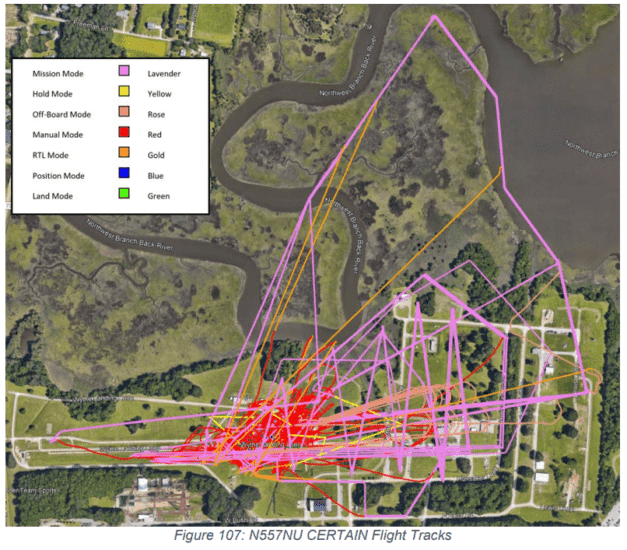The Complexities of Operating High-Density Vertiplexes and How to Automate Them
According to NASA

Robert G. McSwain, AST (NASA’s Agency Aerospace Technology designation), an aerospace engineer with a special interest in the development of UAS (unmanned aircraft systems), working at the NASA Langley Research Center in Hampton, Virginia, published his report, “High Density Vertiplex Flight Test Report Advanced Onboard Automation” in January 2023.
As part of NASA’s Advanced Air Mobility (AAM) Project, the agency initiated a subproject line of research known as the “High Density Vertiplex” (HDV) within its broader portfolio. The goal: to “perform rapid prototyping and assessment of an Urban Air Mobility (UAM) Ecosystem” which would guide their research efforts regarding vertiport operations and affiliated components.
The initiative aims to prototype four typical elements:
- Onboard autonomous systems
- Ground control and fleet management systems
- Airspace management systems
- Vertiport automation systems
In January 2023, the HDV project completed its Advanced Onboard Automation Schedule Work Package (AOA SWP). From there, the project has begun its transition to the Scalable Autonomous Operations SWP, a move that will lead to Vertiport Automations System (VAS) development and Beyond Visual Line of Sight (BVLOS) operations in high-density (Class-D) airspace.
The work produced nearly a dozen recommendations:
- Testing was successfully completed using sUAS as surrogates for larger UAM vehicles providing effective results for the AAM HDV project integrating multiple labs and a remote-operations control center at multiple NASA centers.
- During EVLOS aircraft operations, communications exponentially increase in complexity as more aircraft are operating. Communications plans will need to consider this when considering standard procedures between vertiports and conventional air traffic. Future plans will look at replacing voice communications with equivalent digital means.
- During automated maneuvers, remote operators will need intent information to support situational awareness, which will need to be considered when designing standard procedures. Future plans will look at how to include additional intent data during automated maneuvers.
- In-flight re-route of automated vehicles to simulate vertiport closures within a UAM Ecosystem was tested with acceptable results.
- Onboard autonomous systems that included autonomous detect and avoid (ICAROUS) and emergency contingency management functions (S2D) were tested, resulting in acceptable results and performance for the complex conditions tested.
- Several occasions of limited loss of well clear were encountered related to inconsistent traffic reports of air traffic to the autonomous detect and avoid Independent Configurable Architecture for Reliable Operations of Unmanned Systems (ICAROUS) software. Even with this partial data interruption, ICAROUS functioned adequately and predictably. Future testing will look into real-time separation information to support evaluation of ATAM performance during flight testing.
- During aircraft departure and approach, overflight of people associated with other aircraft on the take-off and landing area needs to be considered for standard procedures. A 45-degree keep-out cone projected toward the ground was used for all taxi transits.
- During aircraft departure and approach, groundspeed needs to be reduced when approaching areas with people on the ground when considering standard procedures. A 7 kts [knots] ground speed was used during all taxi transits.
- During aircraft departure and approach, consideration of aircraft that taxi with powered lift is needed when considering standard procedures.
- Automated maneuvers to address well clear should include a turn radius buffer to mitigate the likelihood of entering the well clear volume when turning into it.
- Automated maneuver parameters should be adjusted depending on the phase of flight.
NASA’s future plans aim to further investigate operations within, and outside of, the vertiport airspace.
CONTACT INFO: Robert McSwain | LinkedIn


